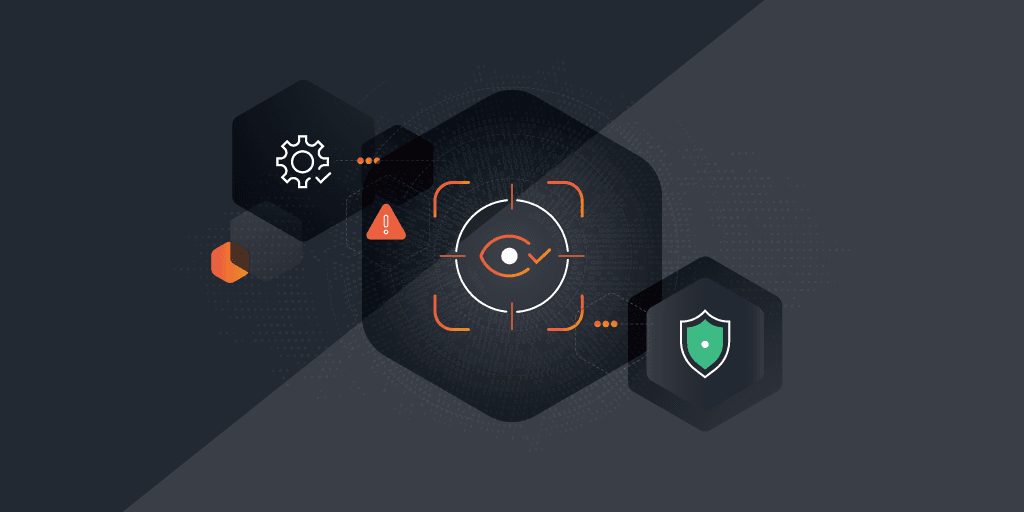
For system administrators, balancing daily tasks while managing security threats is a constant challenge. One overlooked but vital component in improving cybersecurity threat response times is effective asset management. By keeping an organized and detailed inventory of IT assets, sysadmins can drastically reduce the time it takes to identify and respond to cyber threats.
Why Asset Management Is Critical for Cybersecurity
When a security incident strikes, knowing what assets are involved is crucial for a swift response. Asset management helps administrators quickly identify compromised hardware, software, or systems, allowing them to prioritize action and limit damage.
A comprehensive asset inventory ensures admins can minimize downtime by focusing on the most critical systems first. For example, if a breach affects multiple devices, an updated inventory lets the team know exactly which devices are affected, how critical they are, and what measures to take. This speeds up response time and reduces the chance of prolonged IT security response gaps.
Moreover, accurate asset management enhances overall security by ensuring that nothing is left unmonitored—every device, application, and cloud service is accounted for, reducing potential weak points in your cybersecurity posture.
Challenges in Using Asset Management for Cybersecurity
Despite its importance, leveraging asset management to improve cybersecurity threat response times isn’t without its challenges. For many system administrators, keeping a comprehensive and up-to-date asset inventory can be a struggle. The constant influx of new devices and applications makes manual tracking prone to errors and gaps.
Additionally, integrating asset management tools with existing security solutions can be problematic. When these systems don’t communicate effectively, admins can lose the unified view they need to respond swiftly to threats. Another common issue is dealing with overwhelming amounts of data. While detailed inventories are essential, managing vast amounts of asset data can be time-consuming, particularly if the information is disorganized.
Best Practices for Improving Cybersecurity With Asset Management
To make the most of asset management for cybersecurity, system administrators should prioritize automating as much of the asset tracking process as possible. Automated tools help keep inventories up to date without constant manual input, reducing the chances of errors or oversights. Additionally, integrating asset management systems with security tools ensures a unified approach, so that when an incident occurs, admins have all the relevant information at their fingertips.
Regular vulnerability assessments are another key practice. These assessments allow system administrators to identify and address weak points in the system before they can be exploited by attackers. Ensuring that every asset is regularly patched also helps close security gaps that might otherwise slow down the response process.
By using asset data proactively, admins can also improve their ability to detect and respond to threats early, minimizing damage. The faster an issue is identified, the quicker it can be dealt with, leading to more efficient threat management overall.
Choosing the Right Solution
To effectively support cybersecurity, system administrators should choose an asset management tool that offers real-time tracking and integrates seamlessly with their existing cybersecurity systems. As IT environments grow and change, scalability is key—the chosen solution should be able to handle an expanding network of assets without missing a beat.
Ready to enhance your cybersecurity and streamline threat response? Request a free Lansweeper demo today and see how asset discovery can make your organization more resilient against emerging threats.
Go Unlimited for 14 days
2 weeks of unlimited scanning
Start now. Use when ready
No card required
Access all features
5-minute onboarding